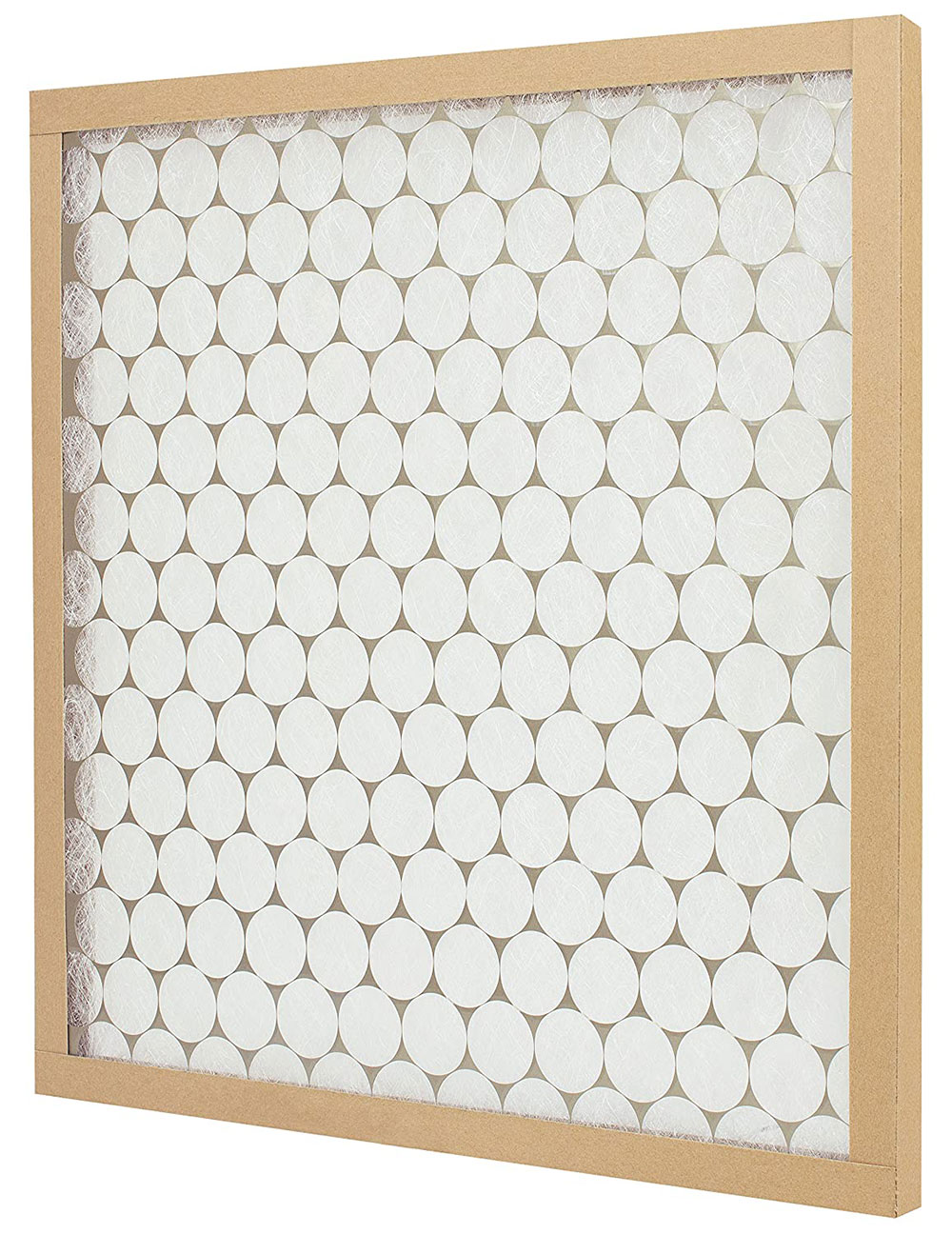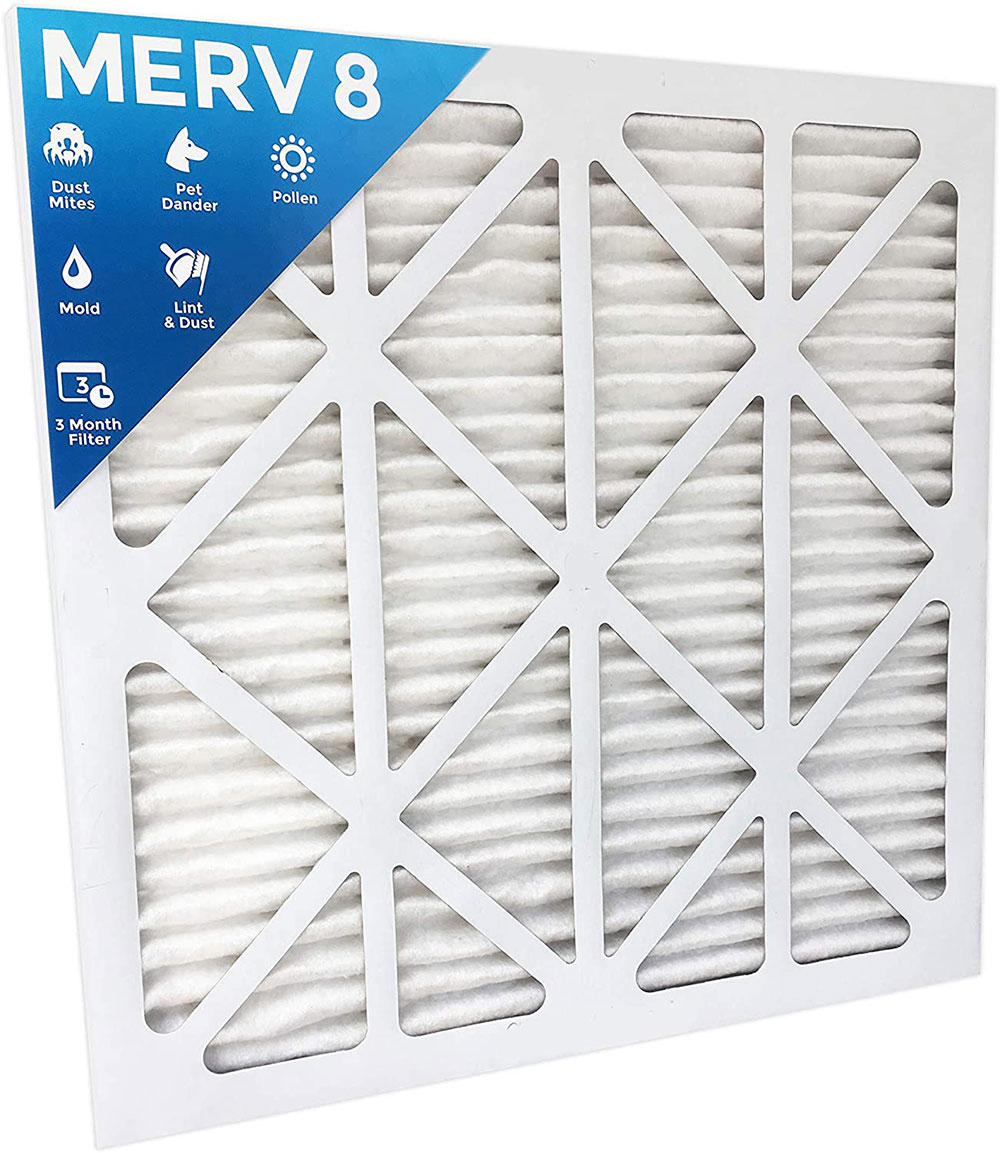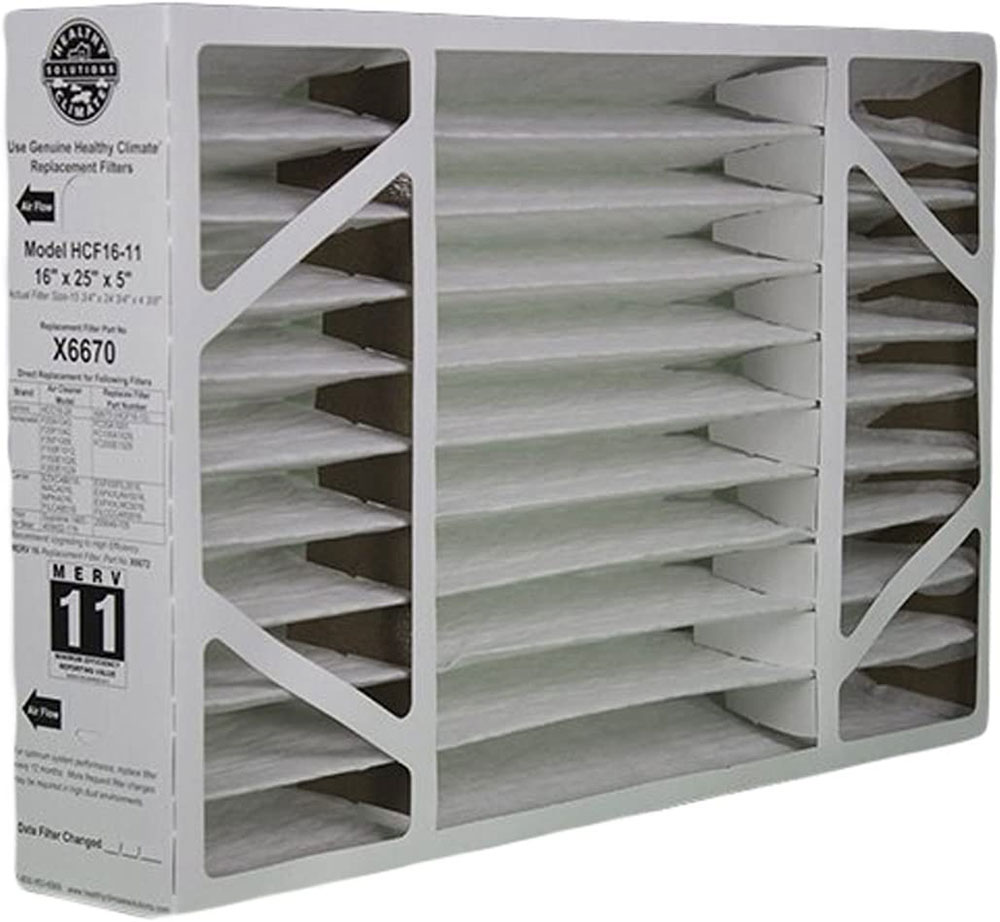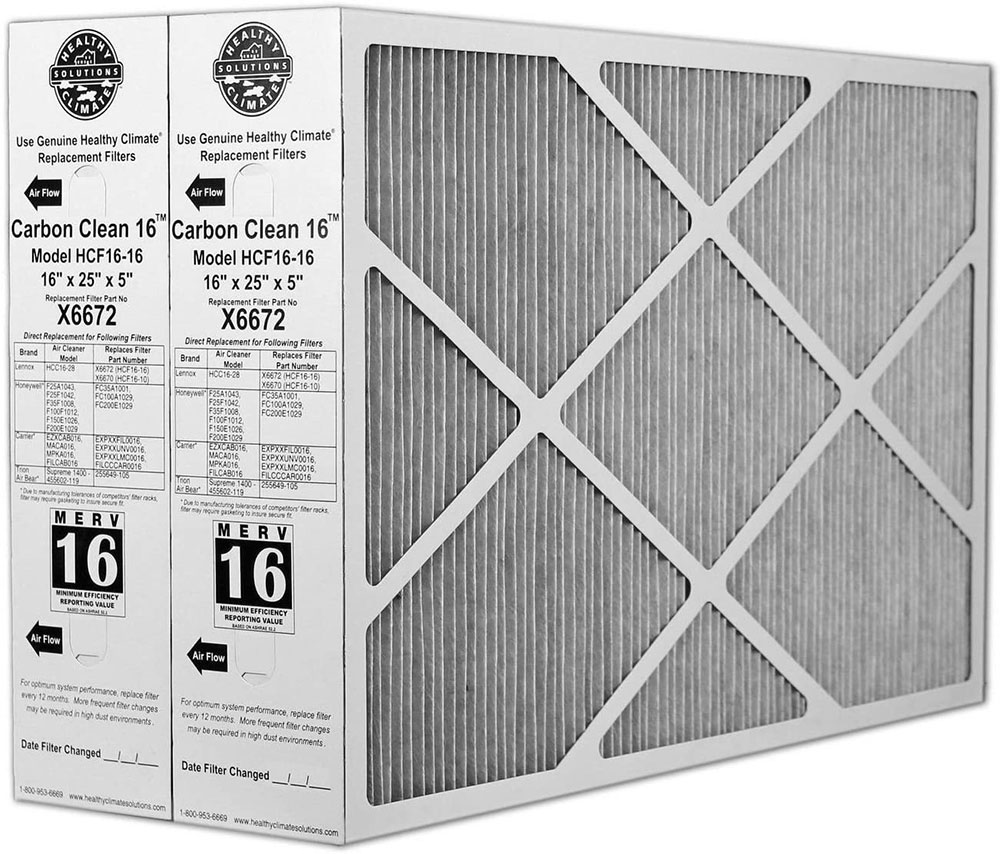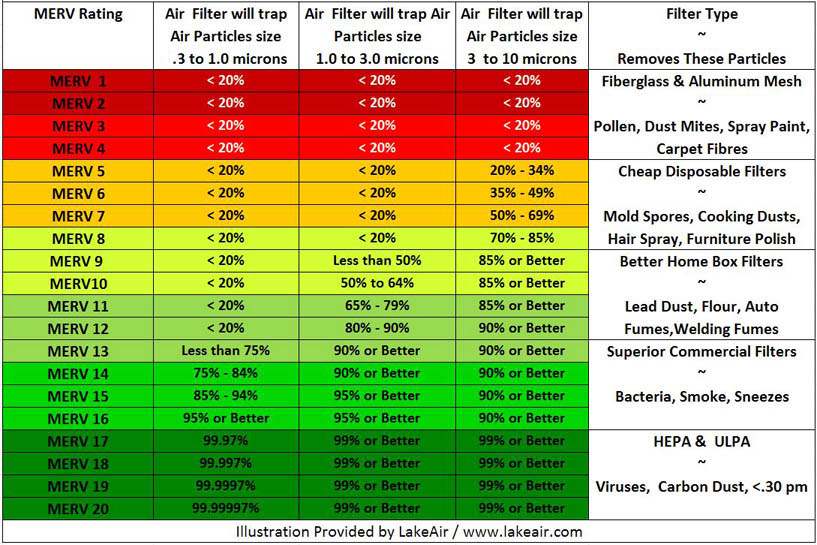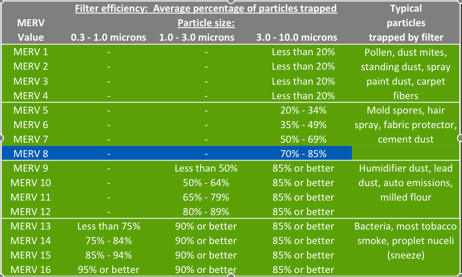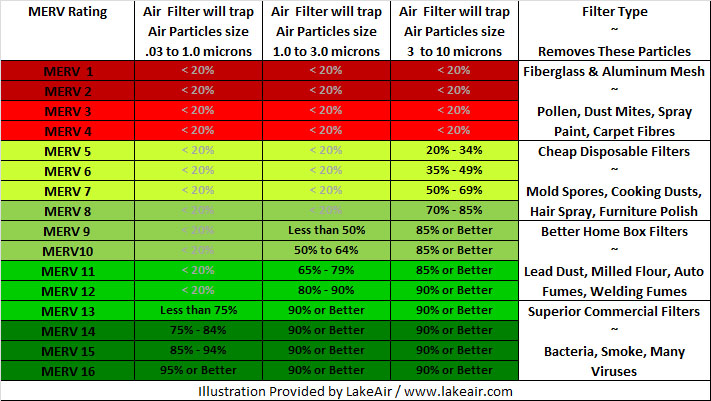Not all air filters are of the same quality and efficiency that we need. There are alternatives on the market that adapt to every user, but not everyone knows how to qualify these options. When we see a MERV rating filter, we may not know what the acronym they mean means what makes us doubt whether it is the right purchase.
Today we help you understand the MERV ratings so you can choose the ones you need in your home or business.
What does MERV mean?
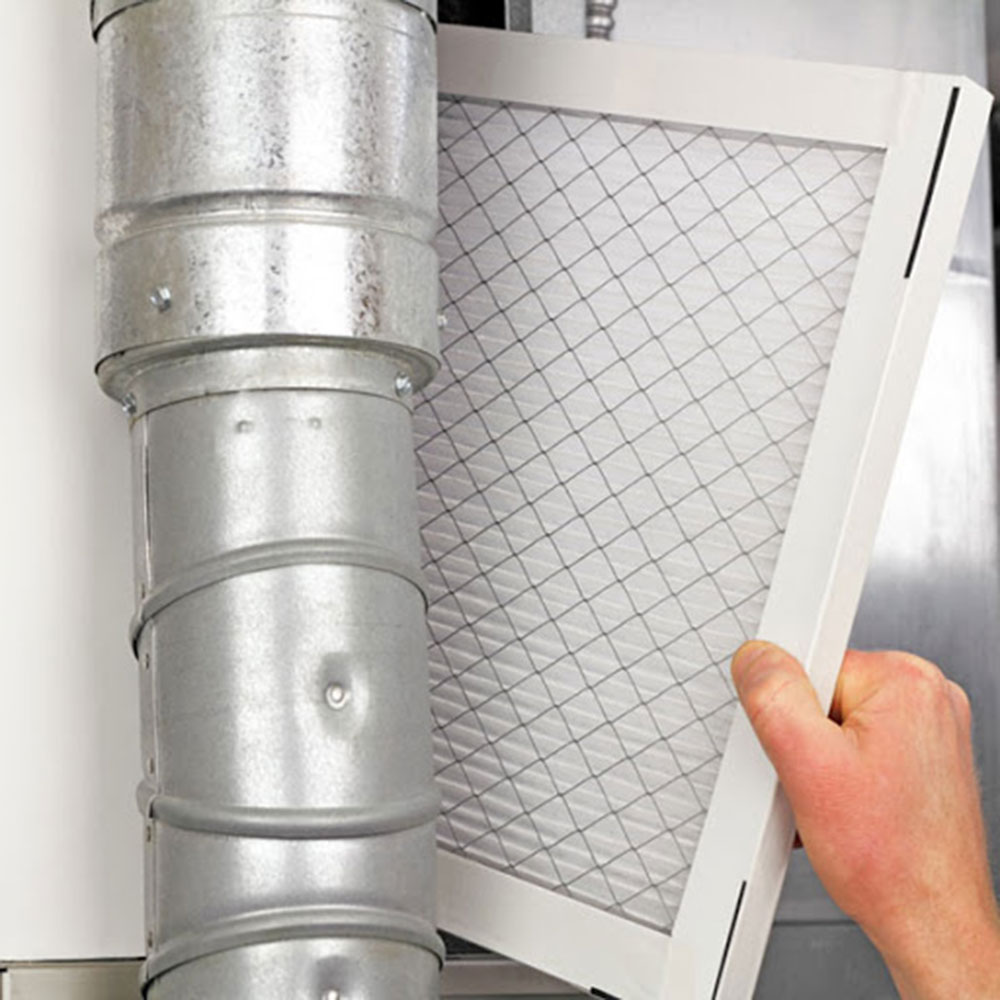
MERV stands for Minimum Efficiency Reporting Value. This is the standard that determines the quality of an air filter. A numerical system qualifies the amount of particles that an air filter lets through.
The higher the MERV rating, the higher the amount of dust, pollen, mold, bacteria and smoke particles that a filter prevents from passing through. The MERV rating changes depending on which device we need the air filter for.
What is the function of the MERV rating?
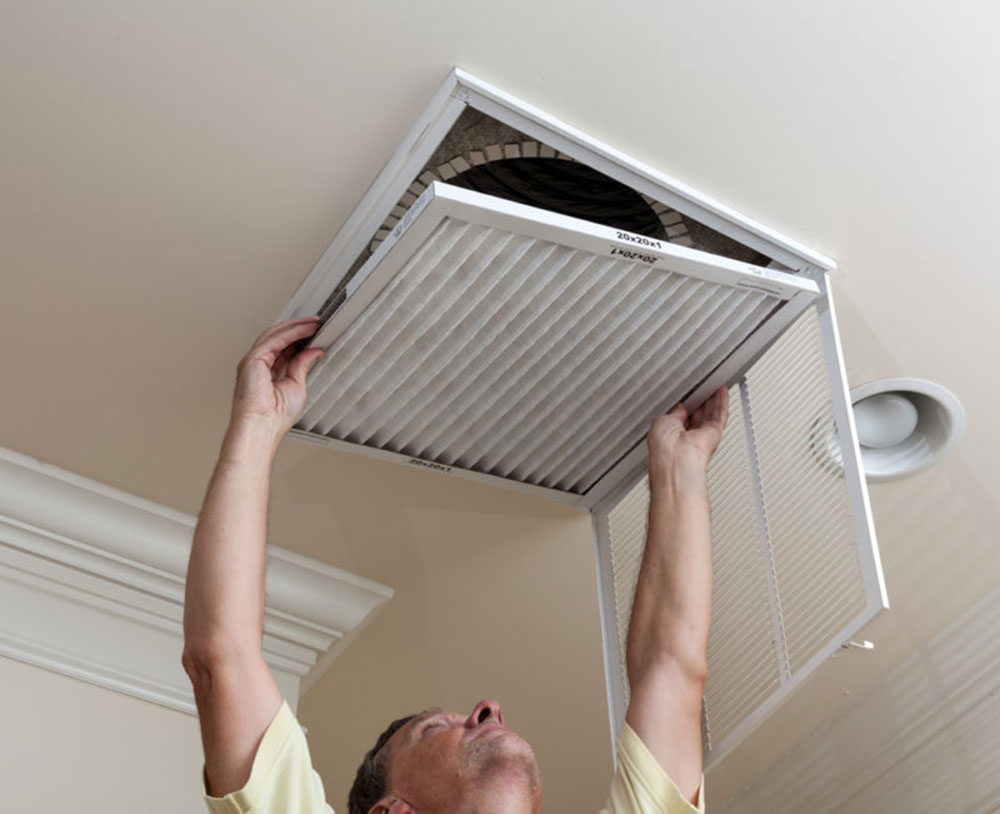
Before the MERV assessment was available, determining the efficiency of an air filter was complex. With the creation of the MERV rating, there was finally a way to know when a product met parameters in order to be considered better in its function.
The American Society of Heating, Refrigerating and Air Conditioning Engineers (ASHRAE) coined the term in 1987. MERV ratings are a simple way to determine if an air filter is suitable for certain buildings, such as hospitals.
MERV evaluation table – use of the appropriate filter
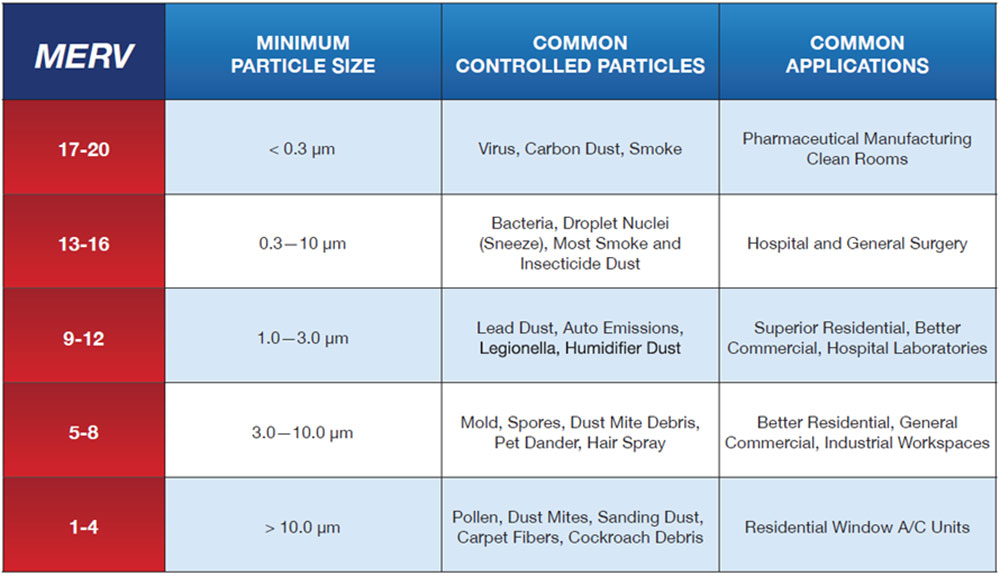
The MERV diagram consists of a table in which filters with a number from 1 to 20 are classified. The higher the number, the more efficient it is. In general, a filter larger than 16 is only found in health centers, nuclear power plants, and other types of rooms that require a sterile environment.
MERV from 1 to 4 – fair protection
The first four MERV categories are intended for basic filters that only protect against the most conspicuous dirt. Although they capture 80% of particles 50 microns or larger in size, they are only 25% effective against those with lower measurements.
These filters are usually disposable and cheap, and do not withstand prolonged use with an average life of one month. They are great for protecting the devices they use, such as motors and fans, but they don’t purify the air.
MERV from 5 to 8 – improvement for health
From this area, the filters have a positive impact on health. Since they are able to remove up to 95% of the particles passing through them, agents such as mold or aerosols are filtered until they are removed.
MERV rating filters in this category can cost up to four times more than the previous levels. However, due to the quality of the material and the fold between one and two inches, more layers are created. These are ideal for private households and companies.
MERV from 9 to 12 – the standard option
The filters that fall between these categories offer the best possible protection for households. These are essential for people with breathing problems.
The manufacture of these filters is very complex, including a large number of pleats, to achieve the best air purification for home use. They are so efficient that they absorb practically all residues from the air, which makes them quickly dirty.
We have to clean our heating, air conditioning and air cleaning systems regularly if we choose a MERV filter in this category.
MERV from 13 to 16 – The main leagues
The categories above MERV 13 are used by hospitals and other places that need to purify the air completely. They are not for home use because household refrigerators or heaters need some airflow to work properly and these filters restrict it, which can damage it.
MERV from 17 to 20 – Exclusive use

This range is designed for the areas with the highest sterilization in the world. They can only be found in pharmaceutical development companies and electronics factories.
MERV rating filter ideal for our home
As already mentioned, a filter with a high MERV rating means better air cleaning. However, this also increases costs and often does not require additional efficiency, and it can be harmful for some devices.
For private use, it is best to buy filters between 4 and 12. MERV filters with ratings 7 and 8 are the best because they offer a price-performance ratio that is adapted for most users.
If our budget is limited, the MERV 4 is the recommended minimum, although this is not useful for cleaning the air. If we need a filter for a special air purification device for a person with allergic or breathing problems, we should try to get a type 11 or 12 filter.
Examples of an optimal filter selection
Unit with up to two members: In household units with one or two people, all members of the household generally work most of the day, so the house does not need a filter that works all day.
Also, if they don’t have pets, keep cleaning, and don’t smoke, the air is naturally kept clean, so a MERV filter larger than 8 is not required.
Unity with up to five members: Groups of two to five people are usually families with young children. These require additional care, especially at an early age. It is also likely that you will receive friends of your children, which creates more dirt. A Category 11 filter would be optimal.
Unity with six or more members: Statistically, some of the people in the largest families are likely to have breathing problems, whether due to allergy or age. Since there are more people in a room, there are also more germs that deserve deeper filtering. A MERV 12 filter should not be missing in our home.
Elements to be considered for air filters
Pressure loss
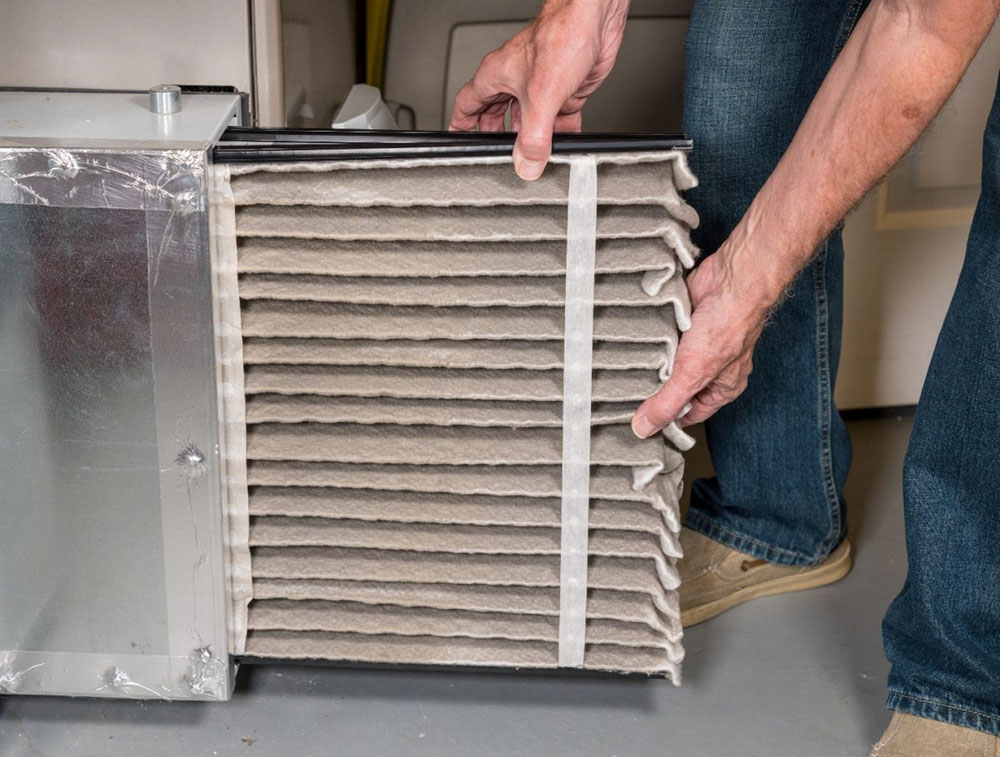
This phenomenon occurs in all systems with an air filter. This means a reduction in the amount of air that reaches a location.
In this case, the ventilation slots of your air conditioning system always have a certain pressure drop, since the filter slows down and regulates the amount of air flowing through. The higher the MERV rating of the filter, the greater the pressure drop in your system
How does the pressure drop affect your filter selection?
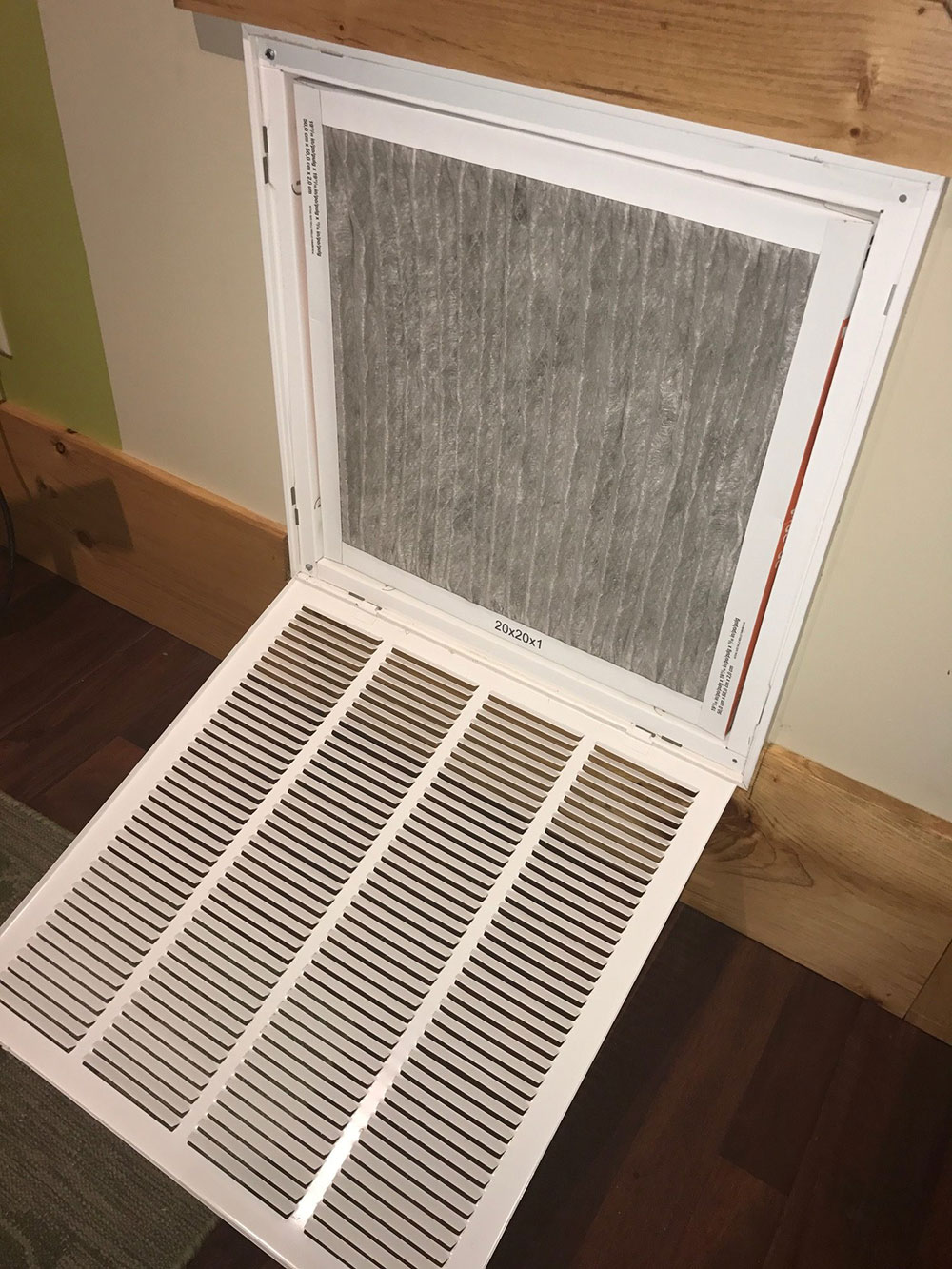
Since not all devices have the same power or capacity to filter the air, a very high pressure drop can damage them. Household fans and motors are not designed for filters that drastically restrict airflow. A higher MERV index therefore does not improve our experience with them.
It could even degrade air quality by affecting your health. Check the product manual before changing the filter.
Think about constant maintenance
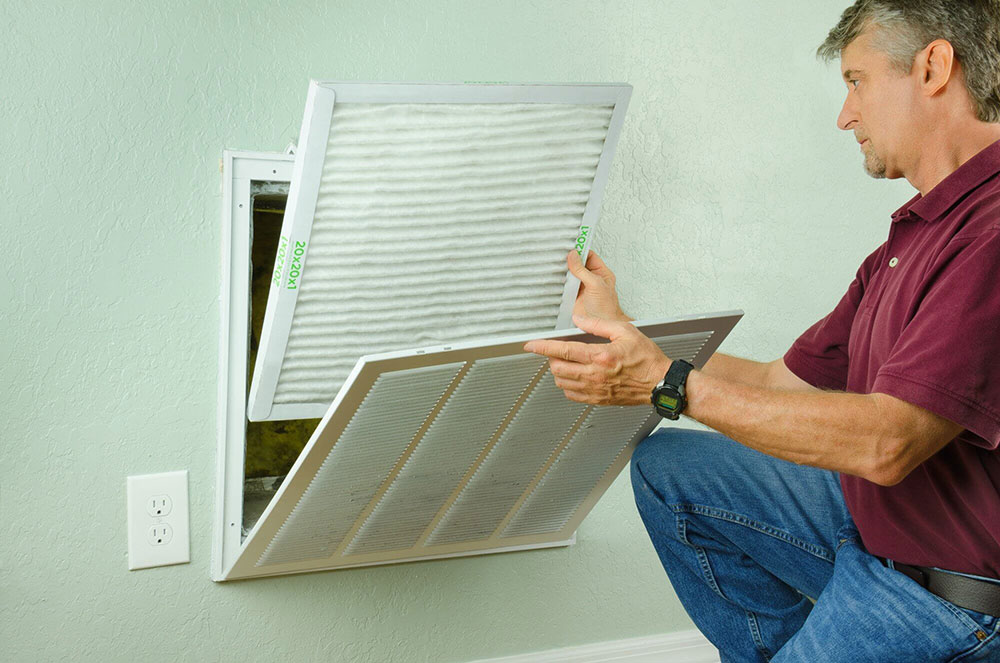
The higher the MERV rating, the more waste is accumulated. As a result, we need to change them more consistently than those with a low MERV rating.
A filter with tiny pores is more easily clogged, which hinders the free flow of air. This increases the pressure drop and poses a risk to your HVAC equipment.
The manufacturer’s recommendation is to replace the air filter for the lower areas every 3 months. A MERV filter above 8 should be replaced every 2 months so as not to wait until the extreme situation in which the device is forced.
Each device needs a different filter
After knowing the MERV rating, you can make a better decision when changing the air filter. Every air conditioner works differently. Always read the manufacturer’s recommendations to determine the best filter.
Remember that a filter with a high degree of cleaning is not always required. You can save a significant amount of money if you don’t need completely clean air.
If you enjoyed reading this article about the MERV rating filter, you should also read this:
 TopsDecor.com Home Decor Ideas
TopsDecor.com Home Decor Ideas
